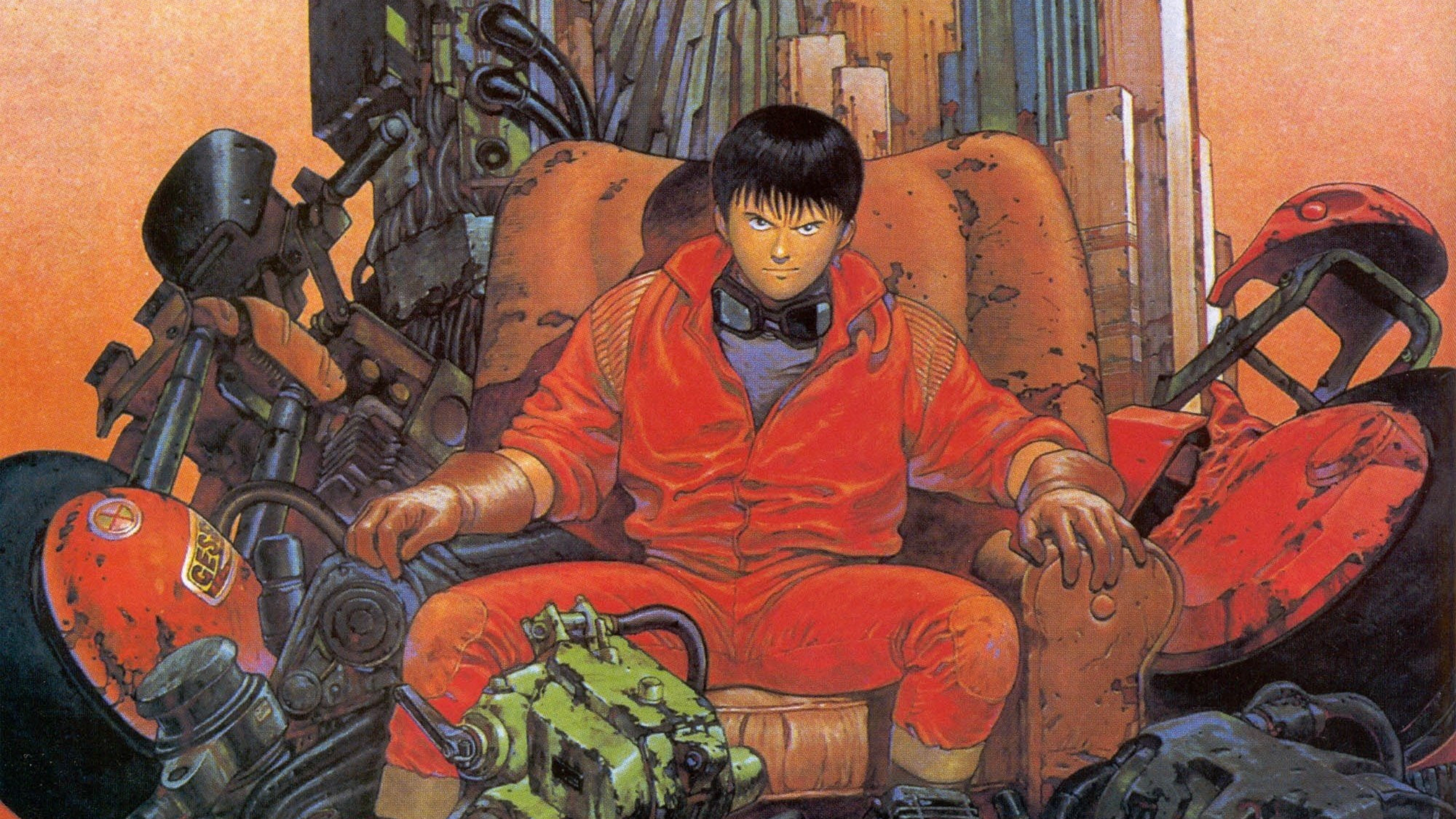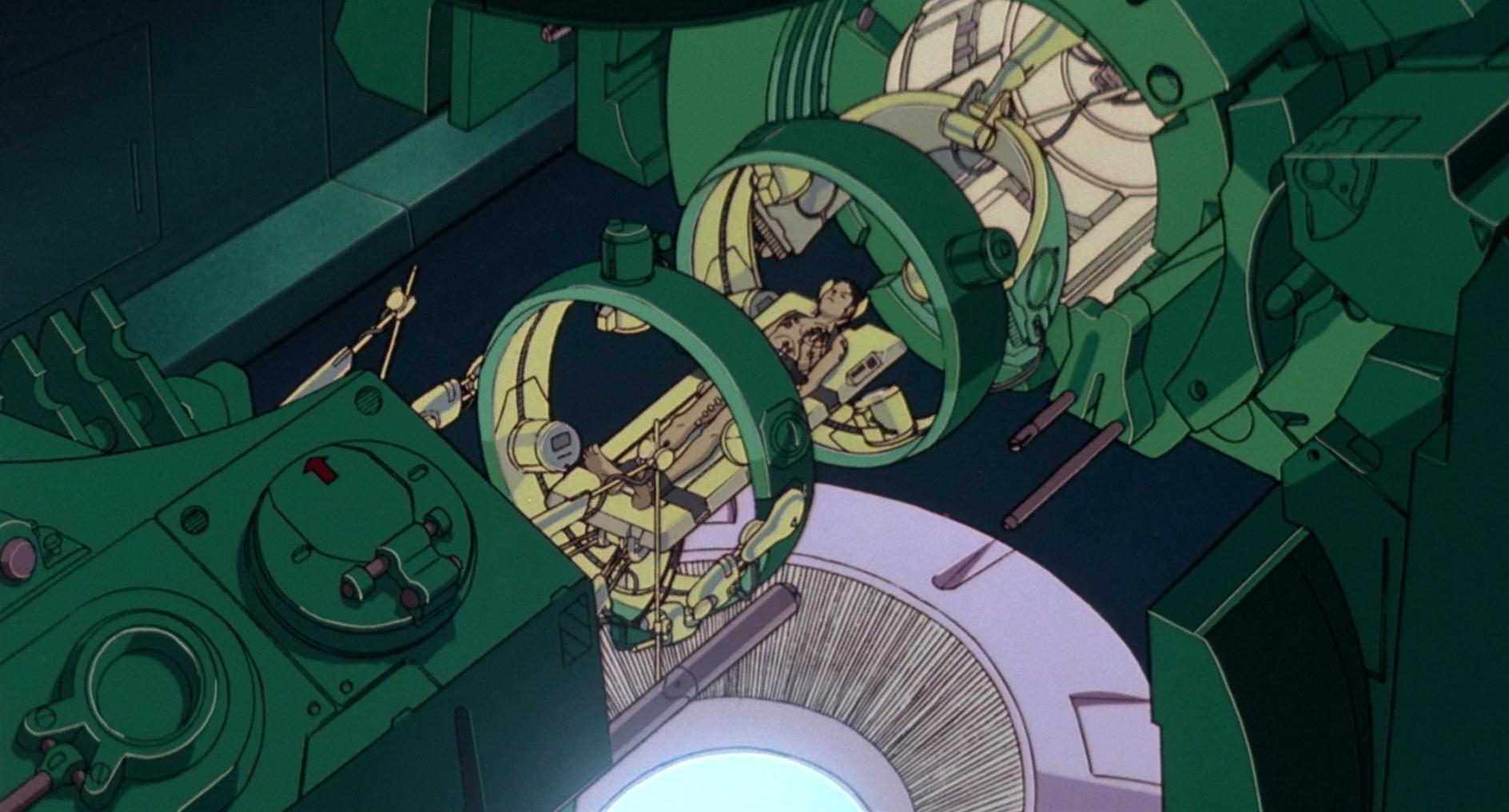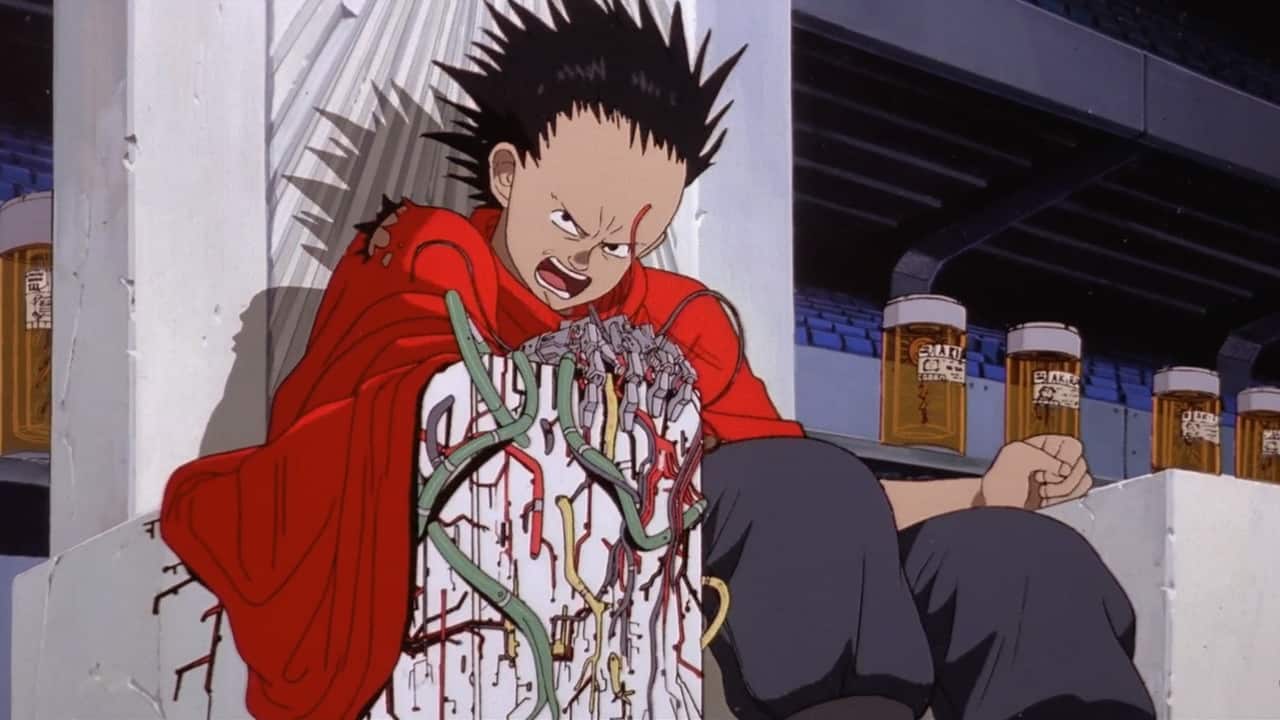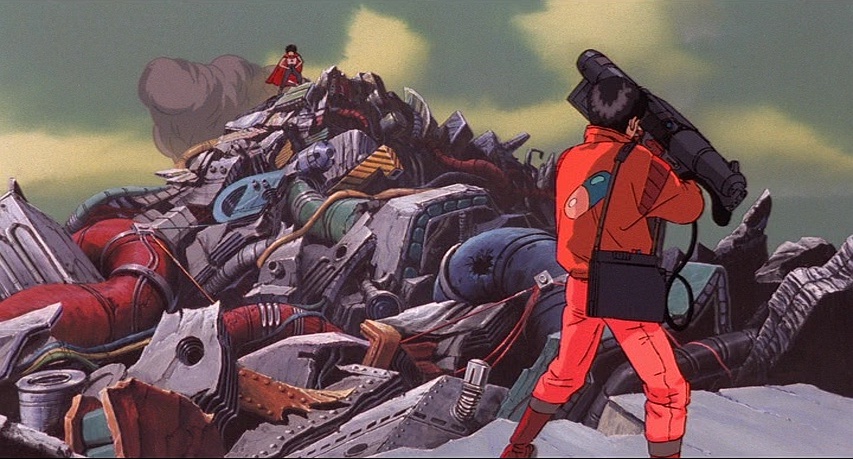
Akira
Katsuhiro Otomo
Photo credits: Wallpaper Flare
21st February 2022
Akira is a landmark film in Japanese animation directed by Katsuhiro Otomo and adapted from his manga series of the same name. Released in July 1988, it gained immediate recognition for its aesthetic visuals, cyberpunk themes and visionary world-building. The film imagines a dystopian future where the government’s attempts to contain individuals with psychic powers leads to cataclysmic destruction and turmoil through Neo-Tokyo. It presents us with staggering scenes of city-wide mass destruction, superbly animated action sequences, and the remains of a broken civilisation.
Akira demonstrated animation’s ability to break through the creative limitations of traditional cinema by engaging the audience with imagery doused with apocalyptic futurism and psychological action. It managed to develop a style of animation that simply couldn't be replicated or reached by conventional camera point and shoot cinema.
Consequently, this elevated the mainstream opinion of animation beyond that of children’s entertainment to a medium that could be richly infused with maturely intellectual and socio-political elements. Since its release, it has gained an international cult following and is widely considered to be one of the greatest animated films ever made.

Photo credits: Imgur
Akira is set in post-World War 3 Neo-Tokyo, where state corruption, anti-government protests and domestic terrorism are widespread in the futuristic dystopia. The story begins with Kaneda and his childhood friend Tetsuo, two high-school delinquents and members of a biker gang called the Capsules. Both Kaneda and Tetsuo find themselves engaged in a high-speed motorcycle battle with a rival gang, the Clowns, which immediately introduces us to an outstanding battle sequence with the rich cityscape of Neo-Tokyo as its backdrop. During this battle, Tetsuo is made victim to a motorcycle accident that mysteriously causes him to activate his latent psychic abilities.
As Tetsuo is unconscious at the scene of the accident, he is captured by the Japanese military for scientific research, in an attempt to understand the origin of these psychic powers known as Akira. However, as Tetsuo becomes conscious of his newly acquired powers, he chooses to cause devastating chaos to the military compound and Neo-Tokyo’s structural foundations. Kaneda, on the other hand, nonchalantly finds himself recruited into an anti-government resistance group in an attempt to charm one of the movement’s activists, Kei.
A series of events involving Kaneda's resistance infiltration missions, Tetsuo's military crossfires and search for Akira's underground cryogenic chamber causes the childhood friends to cross paths. The grand finale is executed by an all-consuming battle at the Olympic Stadium where the humanity's future depends on Kaneda's ability to put and end to Tetsuo's rampage.

Photo credits: Imgur
As interesting as the story may sound, the film suffers from one major flaw: the lack of narrative consistency. At the time of release, the film was adapted from Otomo's incomplete 6-volume manga series (only 4 volumes completed at the time) into the 2-hour film. Consequently, we have a heavily truncated version of an unfinished story that struggles to retain the intricate plotline and dynamic characters of the original manga. It simply leaves the audience struggling to make sense of the violence and absurdity before them, wondering: what is actually going on?
Regardless of this fault, the film is absolutely worth your time. It instantly rewards the audience with a sophisticated form of animation that seeks to surface the patterns of inferiority complexes, political discontent, and social turmoil through its imagery and fragmented storyline. It transitions through a series of gorgeous visuals from the vibrant neon-lights illuminating the brutalist metropolis, to the sci-fi battle sequences equiped with laser rifles, telekinetic outbursts and gargantuan psycho-imagery.
The meticulous world building and dazzingly fluid action flow like liquid on the screen as a consequence of being made up of 24 hand drawn frames per second (in comparison to the typical 8 to 12 at the time). The buttery smooth animation easily distinguished Akira from the popular children’s cartoons of its time. But this is especially true given the degree of violence in scenes involving Tetsuo's freakish mutation growing beyond control, his fever-dream hallucinations where he struggles to gather his spilled guts back into his body, and the entire obliteration of Neo-Tokyo reminiscent of the dreadful atomic bombings of Hiroshima.
Moreover, the symphonic soundtrack compliments the animation's sense of mystery, drama and superstition through an creative amalgamation of obscure musical genres, drawing heavily from Indonesian gamelan, elements of Japanese noh and modern electronica. This unusual combination hypnotises us with its dynamic percussions, meditative electronics and augmented tribal/Buddhist chants. It's an unexpectedly fitting composition that resonates perfectly with the film's psychological futurism and chaotic dynamics.

Photo credits: A Fistful of Film
At the time of release, Western audiences were most familiar with and associated cartoons with Disney classics like Sleeping Beauty, Peter Pan, The Little Mermaid, etc. Though magnificent works of animation in their own right, you can see how the overwhelming violence and psychological horror show in Akira contrasted with Disney's fanciful fairy tales. Before Akira, the West was never exposed to this form of visceral imagery and science fiction. Akira sparked a paradigm shift in people’s perceptions of cartoons and what it was possible of, bringing international recognition and respect to the art of Japanese animation.
It set the scene for anime fans across the world that would consequently lead to the explosive success of various anime franchises (Dragon Ball Z, Ghost in the Shell, Naruto, to name a few). Generations of animators were influenced to explore and drive the medium’s boundaries towards new creative terrains. Note that Akira's influence goes beyond that of animation; reaching films (The Matrix, Batman: The Dark Knight, Star Wars: The Last Jedi), musicians (Kanye West, Lupe Fiasco), video games (Cyberpunk 2077, Metal Gear Solid), the whole science-fiction/cyberpunk genre and more.
Whether you’re an anime fan or not, Akira is unquestionably one of the best cinematic creations of the 20th century. It has transformed the landscape of modern pop culture as we know it today. And for that reason alone, everyone should watch it at least once.

Photo credits: IMDB